Five Creativity Things
Challenges facing creativity; owning ideas from beginning to end; opinionated palettes; are we doing zines again?; randomness that didn’t fit in the first four categories

Problems with Creativity
Tim Brown (IDEO, Neol) proposes a few reasons why creativity seems so unreliable: we don’t ask good enough questions; we don’t have enough diversity; and we don’t focus enough on implementation. There’s an interesting connection in that last idea to what seems to be the central thesis of this thorough, mostly fair examination of design thinking that came out a few months before Brown’s post. He’s cited in the article, as is Cyd Harrell (18F, City of SF): “There’s a mismatch between the short-cycle evaluations [in commercial design] and the long-cycle evaluations for policy.” This reminds me of the “Social Origins of Good Ideas” paper, which explored the hypothesis that “people who live in the intersection of social worlds are at higher risk of having good ideas.” Life is hard between pace layers, but it’s where the magic happens.
An unspoken bit in here that I think is worth exploring: how can organizations that need innovation a) recruit folks that have ideas and b) keep them around long enough to see the ideas through to execution.
Related to all of this is this research from 2017 on the value of creativity. Embedded within is a finding that the most creative companies are those that make decisions quickly. We have to have good ideas, and we have to be able to act on those good ideas. Helping either side of that equation is valuable, and I don’t think it’s helpful to say that either the idea or the execution is more or less important the other.
11 Laws of Showrunning
Separate from the above but deeply related is this essay from Javier Grillo-Marxuach. The Laws themselves are going to resonate deeply with anyone who works in or around (waves hands) creativity, but I especially like the emphasis on the writer being the one who has to bring the thing to life – not some special genius in the corner who relies on a business-person to produce, but the productive force at the center of a show.
Opinionated Palettes
I’m super fascinated by these highly opinionated color palettes.
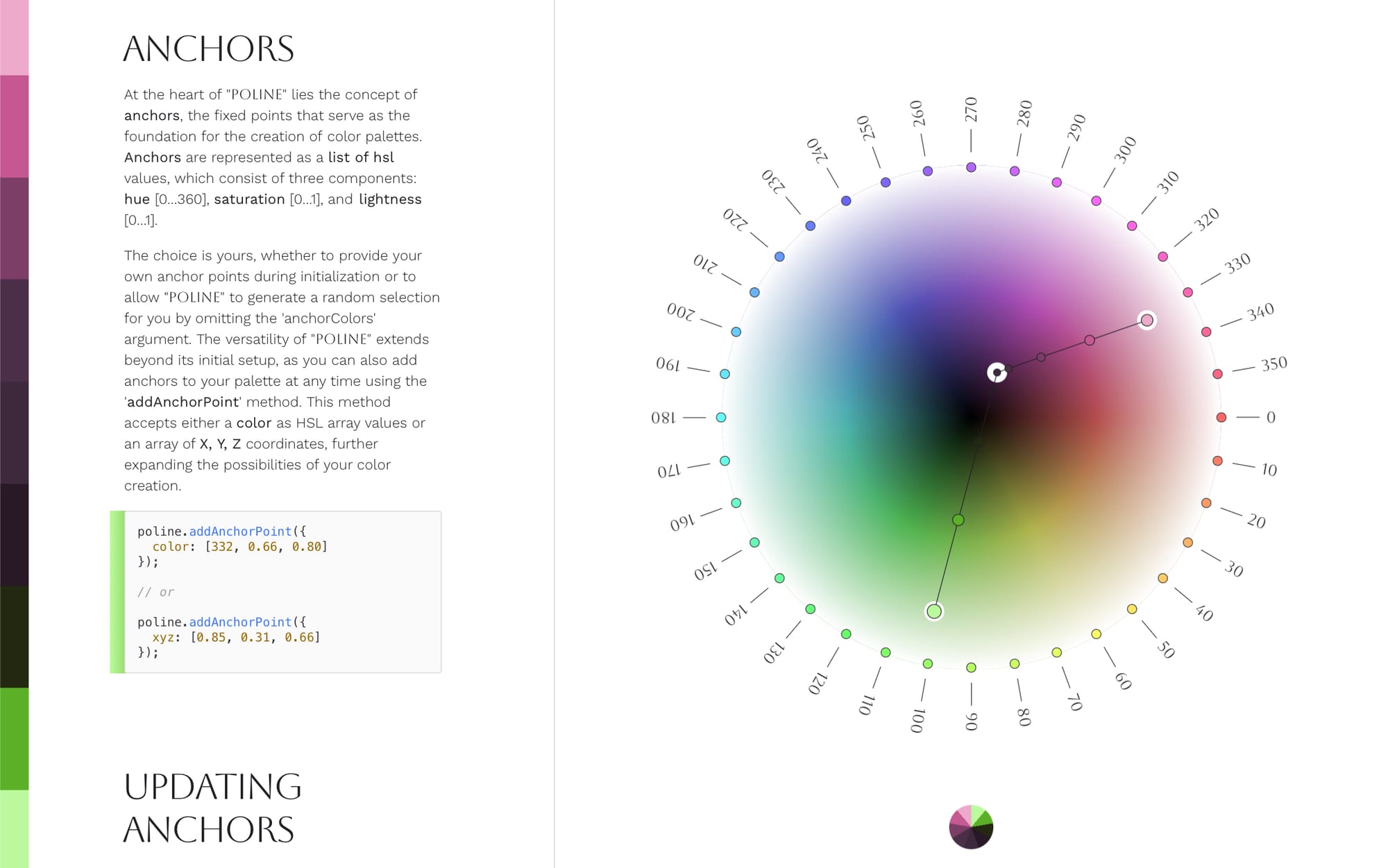
Poline is an algorithmic palette generator that “harnesses the mystical witchcraft of polar coordinates. Its methodology, defying conventional color science, is steeped in the esoteric knowledge of the early 20th century.” Okay!
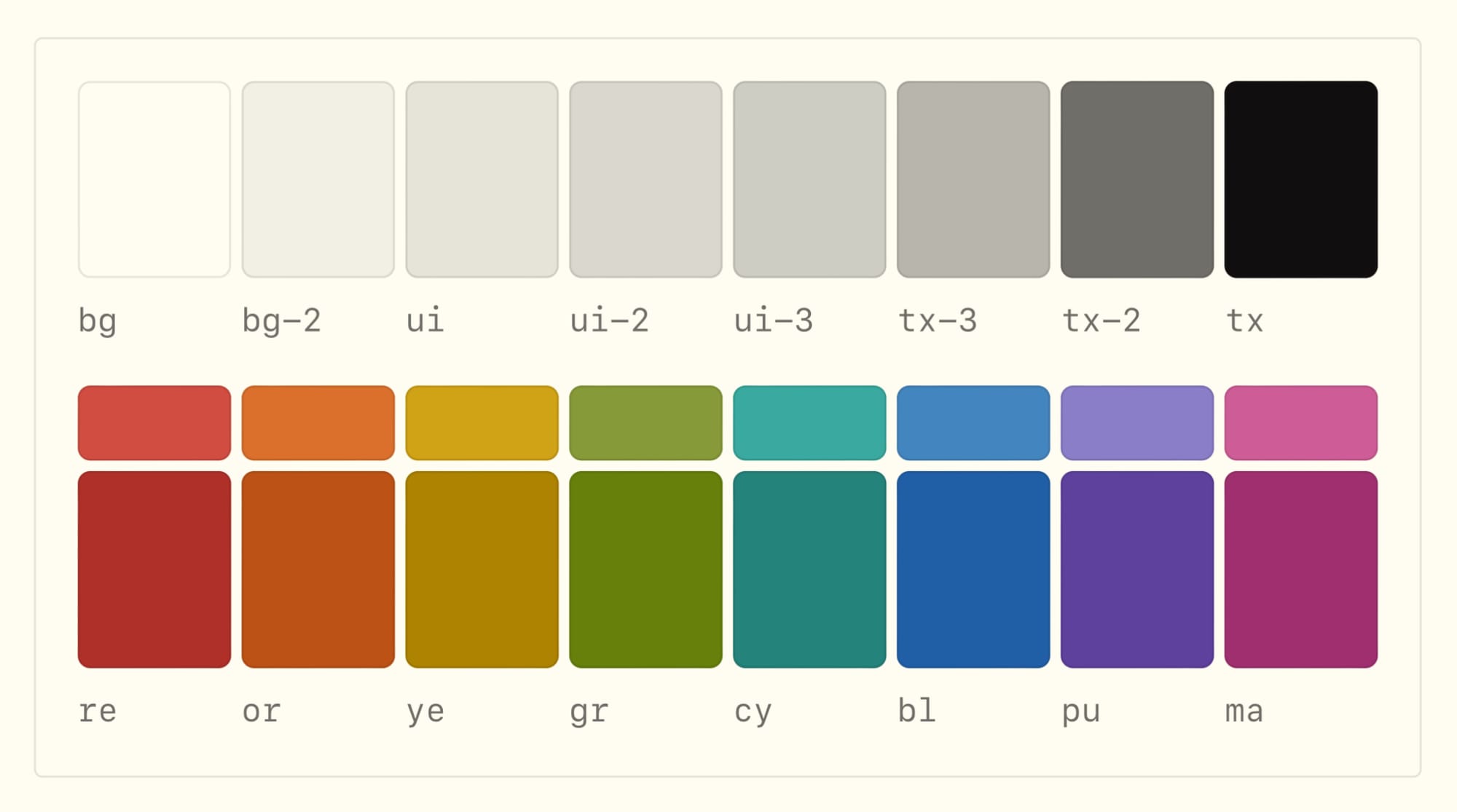
Flexoki is a palette “inspired by analog printing inks and warm shades of paper.” I like that it’s a passion project of the CEO of Obsidian. I like when CEOs have cool passion projects.
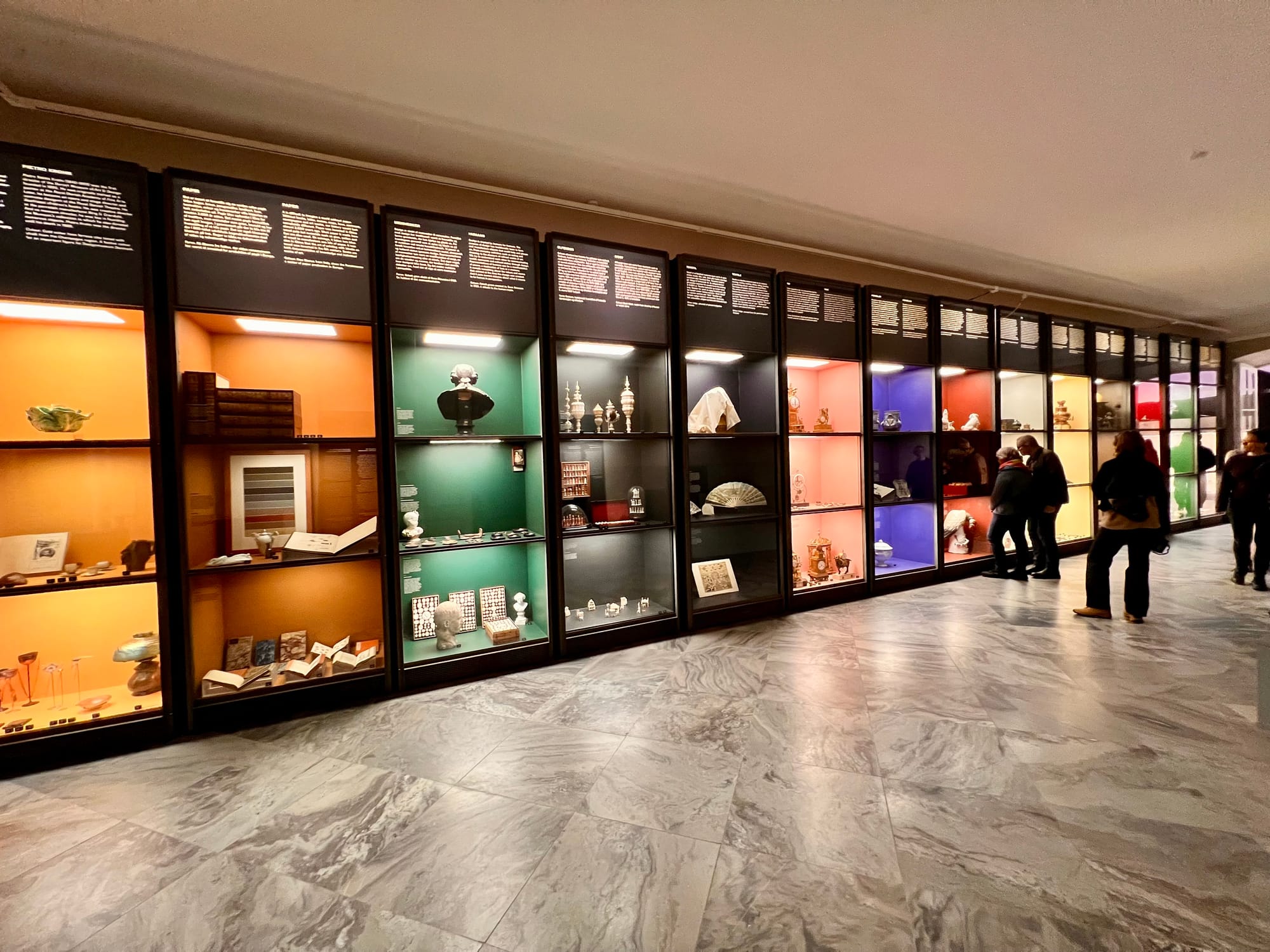
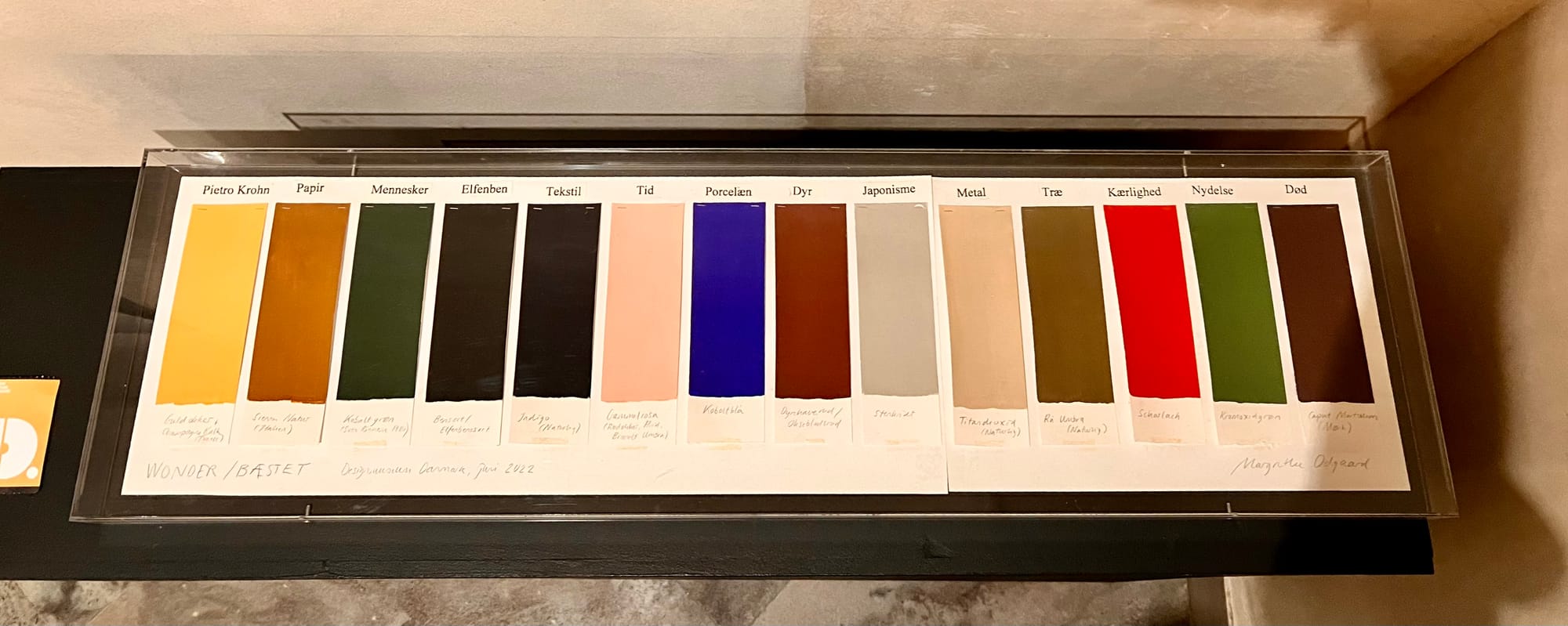
Both of these remind me of an exhibition I recently saw at the Danish Design Museum that featured a color palette as an organizing principle for a collection of the Museum’s objects. The palette was created by Margarethe Odgaard and each color has a deeper, somewhat unexpected meaning. “Ivory” is a black created by charring ivory. “Humans” is a human-made cobalt green. “Love” is a red of a particular frequency that raises blood pressure. Neat.
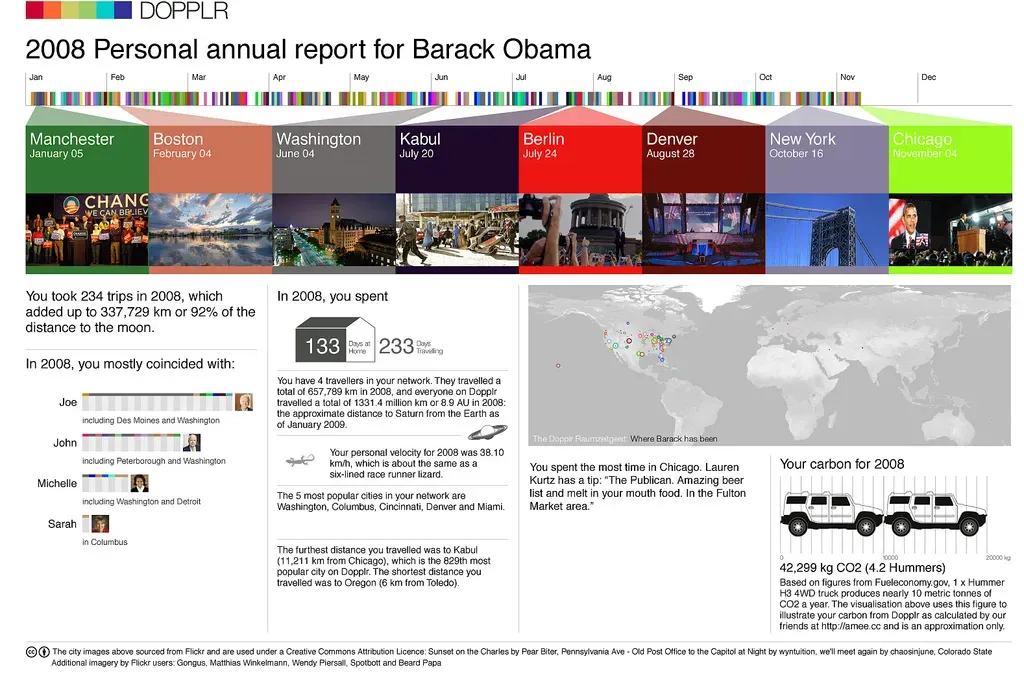
Also: anyone remember Dopplr’s logo and constantly changing color palette, based on where you traveled? Ahead of its time.
Potent Downloadables
I really enjoyed these three PDFs: created with care, extremely specific, helpful. Send these to me!



Randomness
Speaking of passion projects!

This is an absolute must-bookmark for anyone who makes a deck or a website.





Comments